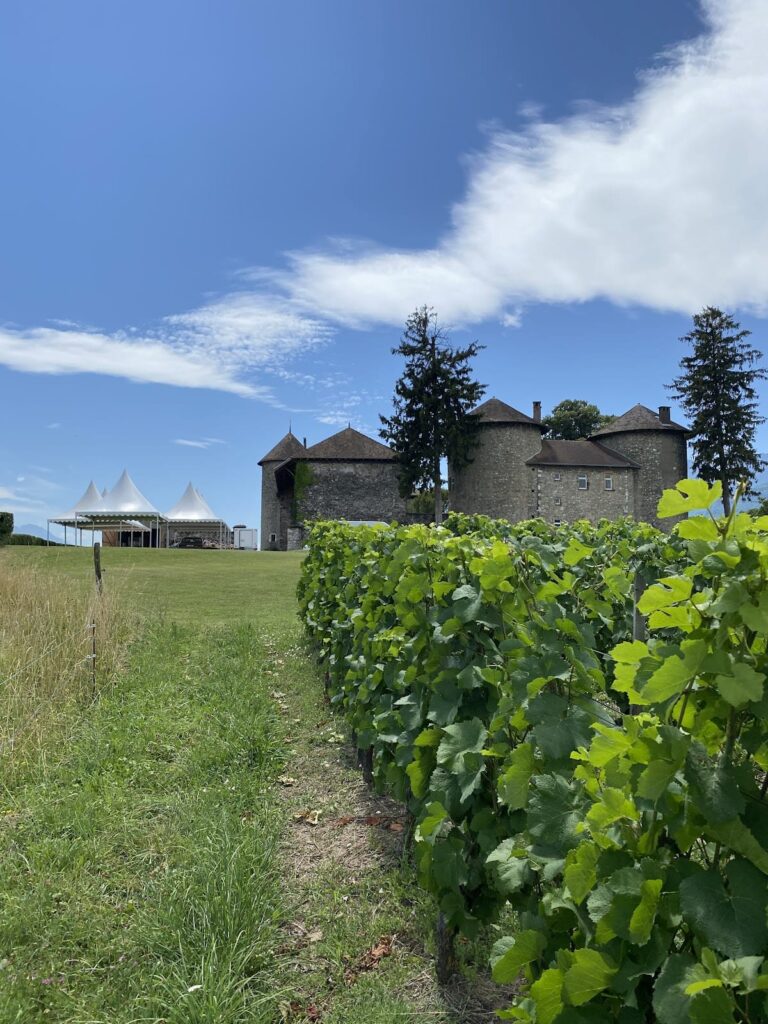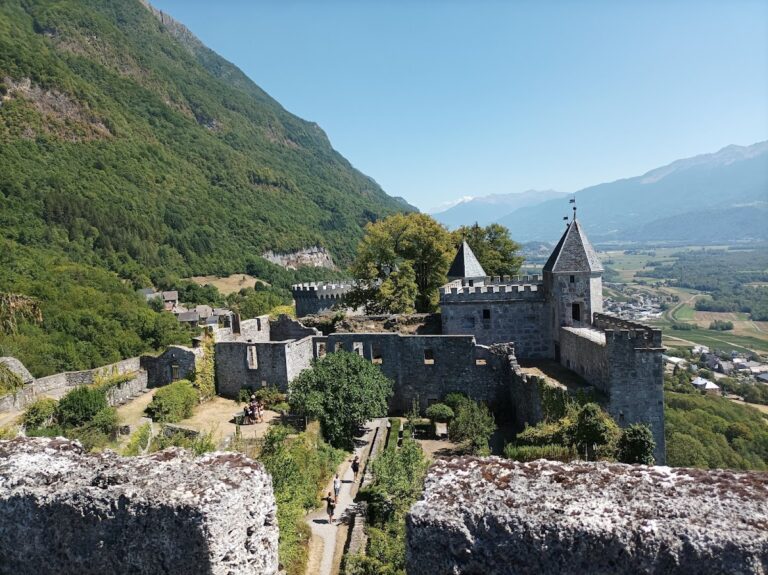Château de Buisson-Rond: A Historic Estate in Chambéry, France
Visitor Information
Google Rating: 4.2
Popularity: Very Low
Google Maps: View on Google Maps
Official Website: wedding.wwwcafe.de
Country: France
Civilization: Unclassified
Remains: Military
History
The Château de Buisson-Rond stands in the city of Chambéry, in modern-day France. This estate has a layered history that reflects the region’s noble lineage and evolving architectural styles over several centuries.
Originally, the site belonged to the Grange family during the 14th century. Through marriages, ownership passed to the Luyrieu and then the Marcossay families. In 1587, Louis Milliet, who served as Grand Chancellor of Savoy, acquired the property. Around the turn of the 17th century, François-Amédée Milliet de Challes, Archbishop of Tarentaise, constructed a second house on the location, continuing the estate’s development during this period marked by religious and political authority.
By the late 18th century, the estate had become associated with the Milliet d’Arvillars family. Following the death of Marquis Joseph Frédéric Pantaléon Milliet d’Arvillars in 1794, the property was sold as national property during the upheavals of the French Revolution. It changed hands for several years until 1802, when the count of Boigne acquired the estate.
The count of Boigne commissioned the construction of the current château, replacing earlier structures on the grounds. This new building was lavishly appointed to serve as a residence for his second wife, Adèle d’Osmond, who occasionally hosted social gatherings there, reflecting the lifestyle of French nobility during the early 19th century. In 1810, the count also designed the formal park surrounding the château, which included an extensive rose garden.
At the end of the 20th century, the city of Chambéry took ownership of the domain, repurposing it as a municipal annex. Beyond its residential and administrative uses, the site is notable for being the launch point of Savoy’s first hot air balloon expedition on May 6, 1784, an event led by engineer Louis Brun and officer Xavier de Maistre, underscoring its role in early aeronautical history.
Since February 24, 1982, parts of the château have been officially protected as a historic monument under the name “château de Buisson Rond,” recognizing the estate’s cultural and historical importance within the region.
Remains
The current Château de Buisson-Rond dates primarily from the 18th century, embodying the architectural style common among Piedmontese residences from the late 18th to early 19th centuries. It was constructed on the site of previous buildings originally from the 14th and 17th centuries, situating it within a long continuum of development on the estate.
The château’s layout centers on a large salon, whose ceiling height equals that of two stories, creating a grand interior space. Surrounding this central room are multiple adjoining chambers, along with a private chapel and two pavilions, which likely complemented residential and ceremonial functions of the estate. The structure’s northeast façade faces the Albanne river and connects visually with the château forecourt via an aligned bridge. The southwest side rises with the foothills of the Chartreuse mountains, adapting the building to its varied terrain.
The grounds include a landscaped park designed in 1810 by the general-count of Boigne. This garden features a particularly notable rose collection, encompassing roughly 83 different varieties and a total of 6,000 rose bushes spread over 7,500 square meters. Such horticultural richness reflects early 19th-century landscape tastes and the personal interests of the owner at that time.
In more recent centuries, the estate expanded to incorporate recreational amenities, including a swimming pool and an indoor ice rink, adding modern layers to the historic domain without detracting from the château’s heritage character.
Photographic documentation reveals heraldic motifs such as coats of arms on the exterior façade as well as detailed views of the interior spaces, signifying the noble identities and artistic embellishments associated with the site. These elements provide insight into the château’s decorative program and its role as a noble residence.
Collectively, the preserved architectural features and landscaped elements of Château de Buisson-Rond offer a tangible record of the estate’s aristocratic history and evolving use from medieval origins through to the modern era.







